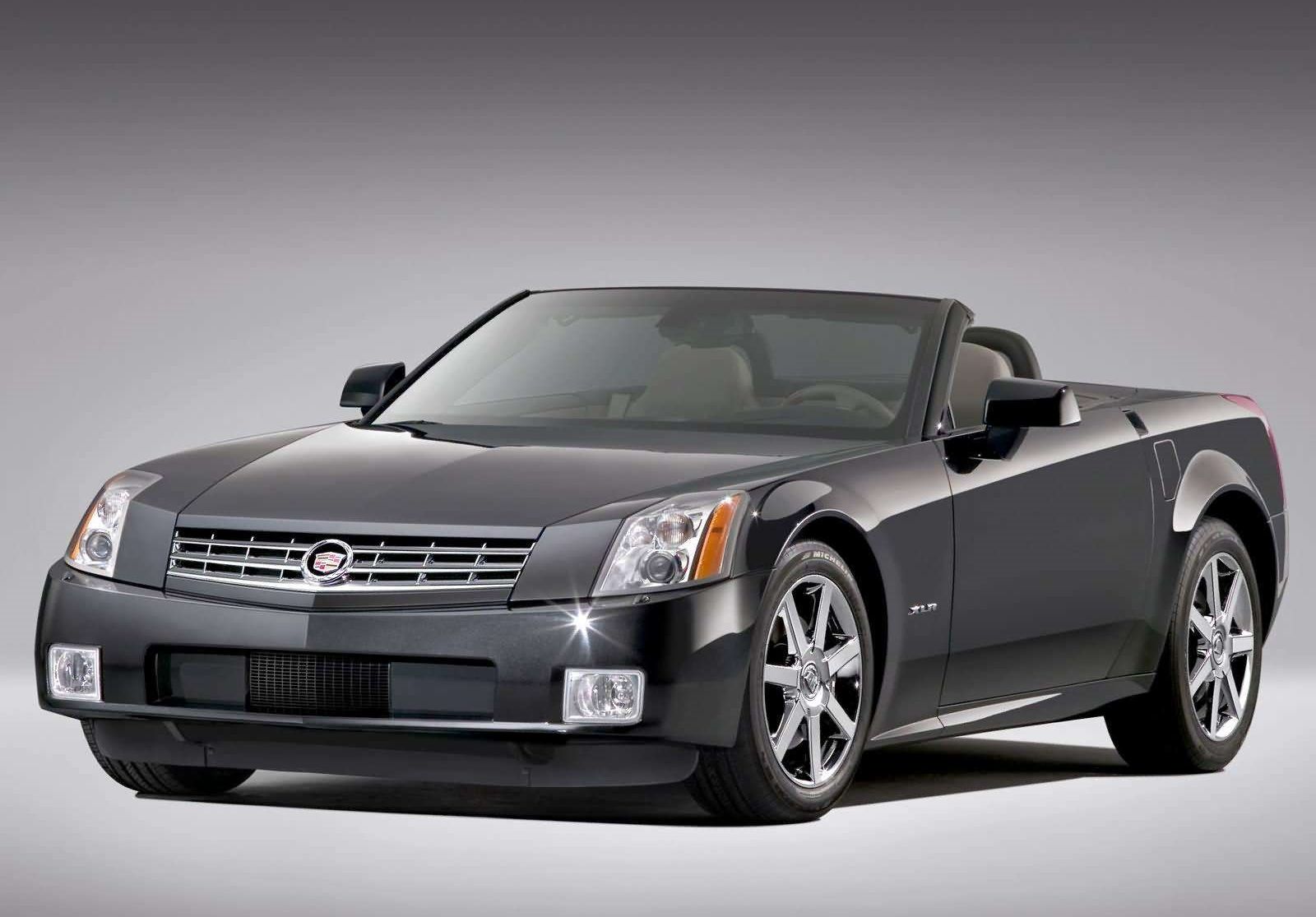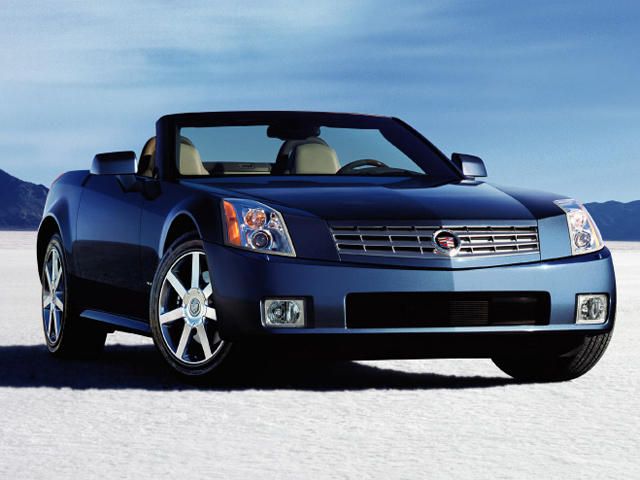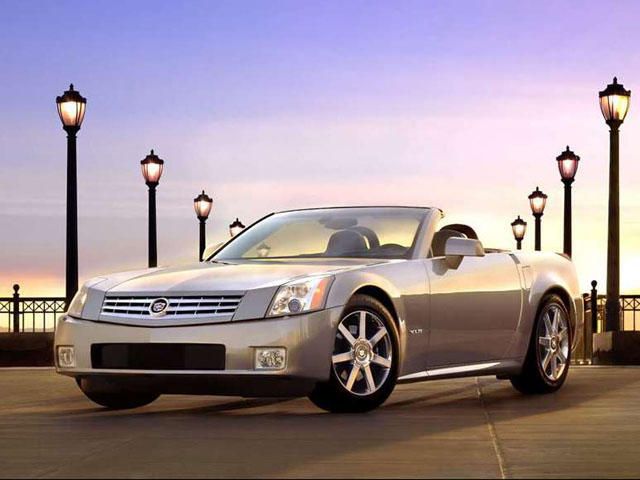
The Cadillac XLR is a bit different from the other cars in this series, but it is because such a different approach was taken that we thought it rated a mention. Many track-focused performance cars have been made out of GT cars, the Aston Martin DBS and the Ferrari 599 GTO come to mind, but this was an attempt to take a pure sports car and make it into a GT. Not a simple case of badge engineering, GM worked hard on making the XLR as different a car as possible.
It should be stressed, before going any further, that the XLR was cheap compared to the other cars in this series, much cheaper. As a machine, the XLR is not in the same league as the 599 or even the Continental GT, but neither was it anywhere remotely in the same price range, so comparisons are pointless at best. Base price was about $75,000 and the top-trim performance version, the XLR-V, went for $101,000. The XLR was based on the C6 Corvette, but actually beat the 'Vette to showrooms, as the Corvette team was instructed to finish development of the XLR before putting the finishing touches on the bowtie-badged car.
There were a number of differences between the two cars. Some, such as the different suspension and steering setup or different tires, weren't all that major, but the XLR also had a completely different engine, and then there was the folding metal roof. The interior was also much nicer than that of the Corvette, but this is to be expected of a GT car with a price nearly double that of a base-model Corvette. The folding metal roof was a big deal, it was a rare thing in 2004, and helped to give the XLR's image a boost as a more refined and luxurious car than the Corvette.
The engine, on the other hand, was maybe an odd choice. In an effort to prevent critics from crying "Cimarron", Cadillac gave the XLR its own Northstar V8 engine. This thinking makes sense, in that it moves the car further away from the realm of badge engineering. The big problem with it came from the fact that the Corvette just plain had a better engine. The Northstar made 320 horsepower to the LS2's 400, and the extra weight which the XLR was saddled with didn't help matters either. Of course, Cadillac would always point out that the XLR was not built exclusively for speed, but you can still bet that XLR customers would not have minded the extra power.
Introduced in 2005, Cadillac made a performance version of the XLR known as the XLR-V. This was more of what you would think of as a proper grand tourer. The standard car did ok for its price range, but there is an implied level of refinement when you say GT, and the XLR-V just did that better. The engine was reduced in displacement from 4.6 liters to 4.4 liters, but then had an Eaton roots-type supercharger bolted to it, along with four intercoolers. The result was 443 horsepower, quite a significant improvement over the N/A engine. This kind of power might be on the low end of the GT spectrum, but the 3,800lbs of weight is about what you'd want.
Most importantly, XLR-V finally felt like a proper GT when you stepped on the gas, even with its still far lower price. In defiance of stereotypes, this American GT tended to have a much more cramped interior than one would find in a European GT. Trunk space was also fairly small, but was about what you would expect in a car with a folding metal roof. The XLR sold pretty poorly, hitting an annual high of 3,730 units in 2005. This was a halo car, and thus even the sort of numbers which the Corvette gets weren't expected, but it still wasn't much. Since the car was killed in 2009, one might think that the economic meltdown was to blame.
But the truth is that the car was on the decline before that. A funny footnote in the history of the car is that the character of Gemma Teller Morrow drove an XLR in the first season of FX's Sons of Anarchy. The car was wrecked in a crash early in the second season in order to coincide with the XLR having been discontinued. It seems the show's producers couldn't wait to get rid of the car just as soon as the product placement was no longer relevant. Though it might have been a flop, the XLR was really a pretty good value. A V8-powered rear-wheel-drive coupe with a nice wood and leather interior and a folding metal roof is rarely so cheap.
The only problem with Cadillac's thinking was that it seems as though the people who buy GT cars are actually willing to spend a lot more. Unfortunate then, that they built this but not a production version of the Sixteen concept.


